
You see it everywhere—dresses, pillows, linens, aprons and more. Rickrack is a simple braided trim that forms a zigzag pattern and it’s been around since the 1800s. Fashion historians note that rickrack was originally used on feedsack dresses and to help improve the look of garments made from reused fabrics.
Today’s rickrack is usually 100% polyester, as that fiber avoids the shrinkage and discoloration of its 100% cotton predecessor. Some rickracks incorporate other fibers like metallic or wool.
Rickrack comes in many sizes and colors, depending on its use. Tiny baby rickrack works well for children’s clothes, while larger sizes add a spark to other items. In addition to solid colors, some manufacturers make printed or variegated color rickracks.
Playing with rickrack is what makes it perhaps one of the most fun trims to use. You can apply it many different ways.
Flat
The simplest way to apply rickrack is to lay it flat on the fabric base and stitch down the center of it. The stitching can be a matching thread and straight stitch, or it can be a contrast thread color and a decorative stitch. A strand of fusible thread can hold it in place for stitching if needed and because of its braided construction, it can be shaped into a curve for areas around necklines and sleeves. If possible, it’s best to begin and end the application in a seam so there’s no worry about finishing the ends of the trim.

Hand embroidery stitches can also be used to attach flat rickrack, often creating elaborate design patterning.
Under the edge
Hemlines, sleeve edges and ruffle edges are a great place to use a rickrack edge application. Simply place the rickrack under the finished edge of your project, then edgestitch in place leaving the points extending.
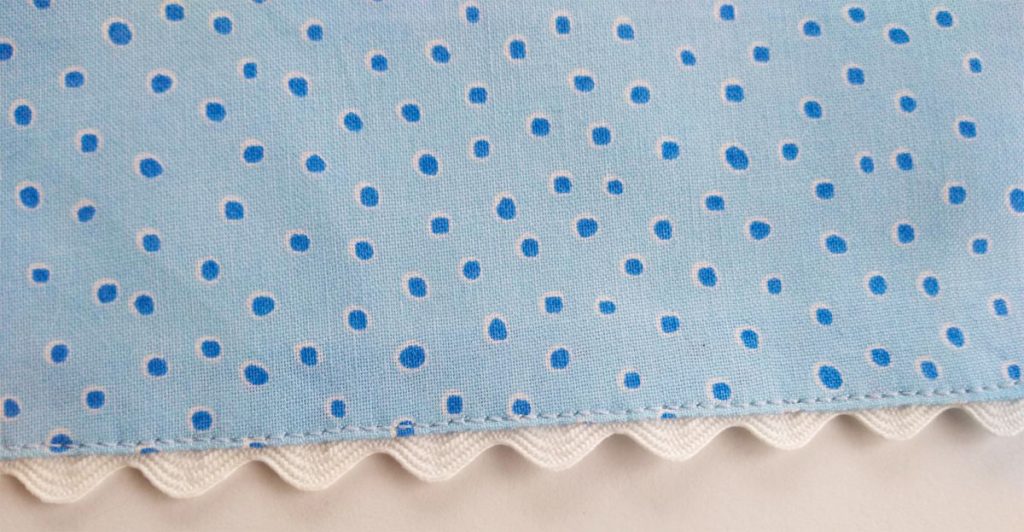
Floating edge
Rickrack can lay along a finished edge with the complete width of the trim showing. Catch it in place with a blindstitch or with bar tacks placed at each point.
If you prefer, don’t finish the fabric edge first, but instead use the blindhem stitch to attach the rickrack points (left image below), then press under the edge (and the stitching) to finish (right image below), making the rickrack appear to float along the finished edge.
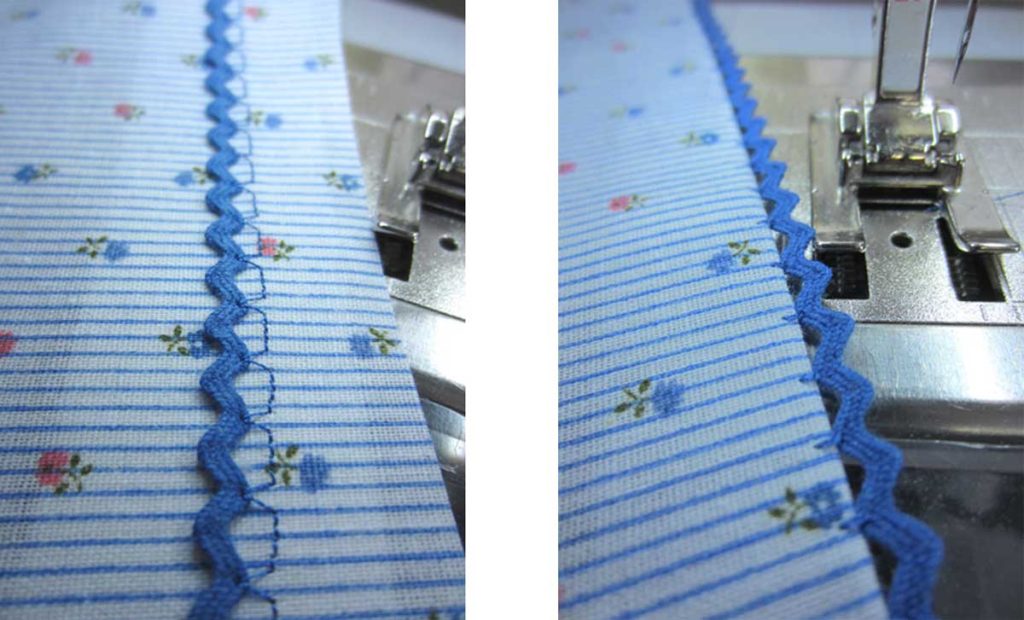
In the seam
Rickrack can be inserted into a seam, like between a facing or in an accent seam. To create this application, baste the rickrack in place on a single layer of fabric spanning the seamline with the stitching just inside the midpoint. Place the adjacent fabric right sides together with the rickracked section and stitch a smidgeon inside the basting stitch to join the pieces together. The rickrack points will then extend from the seamline; press to one side.
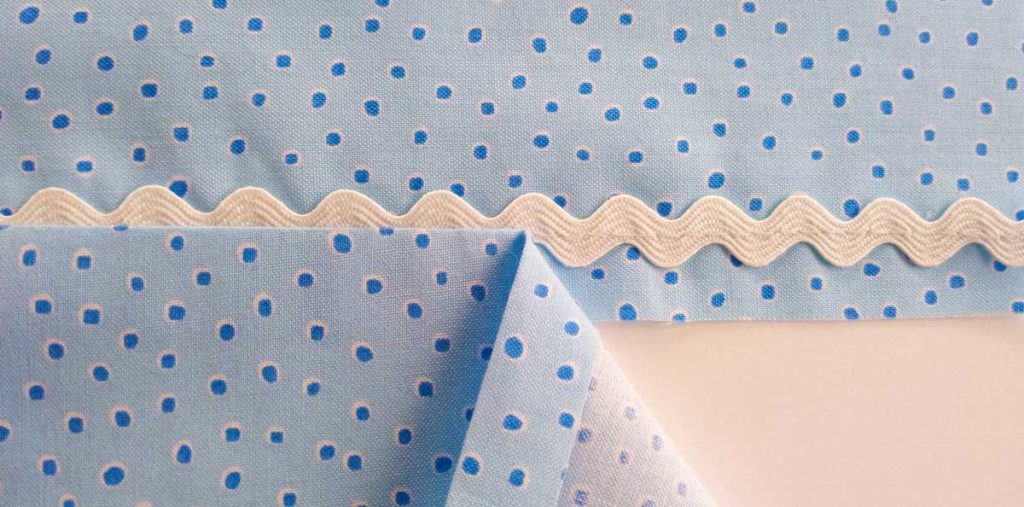
Inset
If you want to create an open area within your project, rickrack can make a perfect span of adjacent fabric layers. A simple application is to finish both edges of the project by pressing under the seam allowances, then lay the rickrack under the first edge and edgestitch in place. Then, add the adjacent fabric spanning the opposite edge of the trim and edgestitch in place.
Another inset option is to use the blindhem stitch on your machine to catch the rickrack points for each fabric finished edge, like the floating edge mentioned above. Stitching can be done in matching or contrasting thread. While decorative, this method isn’t as sturdy as the previous method, and shouldn’t be used in any area of stress.

Two-fer
Because of its wide color availability, varying sizes and fiber options, you can add an artistic touch to your project by combining two different rickracks. Simply interlock the points for a color mix. Apply it flat using invisible thread or a contrast thread, depending on the desired look. {interlocking two colors of rickrack—2 photos}
Dimensional
Rickrack can be coiled or gathered to make a variety of flowers. Use a double strand of thread in a hand needle and place enough stitching to hold the piece together.
If you can’t position rickrack so that the ends are in a seam, simply carefully turn under the overlapping/ trim end and stitch in place. Trim so that there are no ravel-ly rickrack ends showing. Hand stitching and seam sealant may be helpful for a neat finish.
~Linda Griepentrog is the owner of G Wiz Creative Services and she does writing, editing and designing for companies in the sewing, crafting and quilting industries. In addition, she escorts fabric shopping tours to Hong Kong. She lives at the Oregon Coast with her husband Keith, and three dogs, Yohnuh, Abby, and Lizzie. Contact her at .





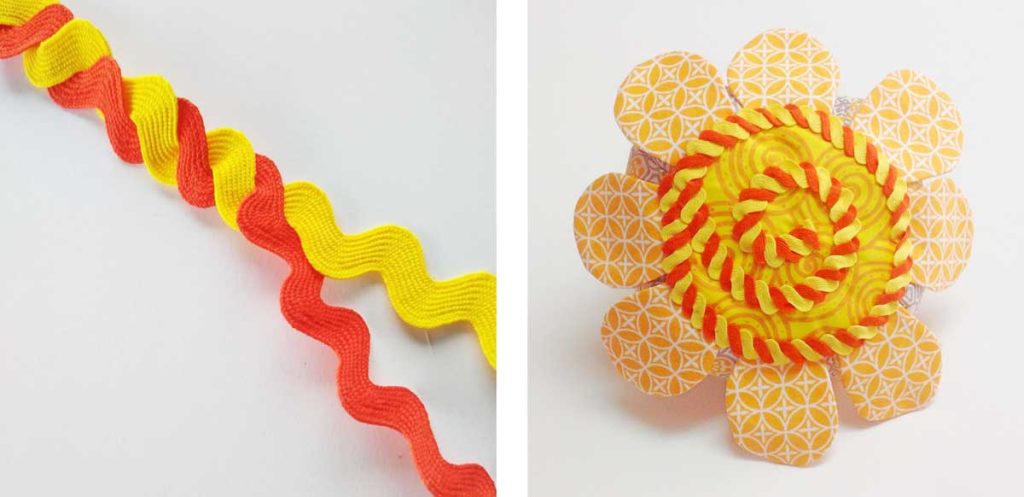

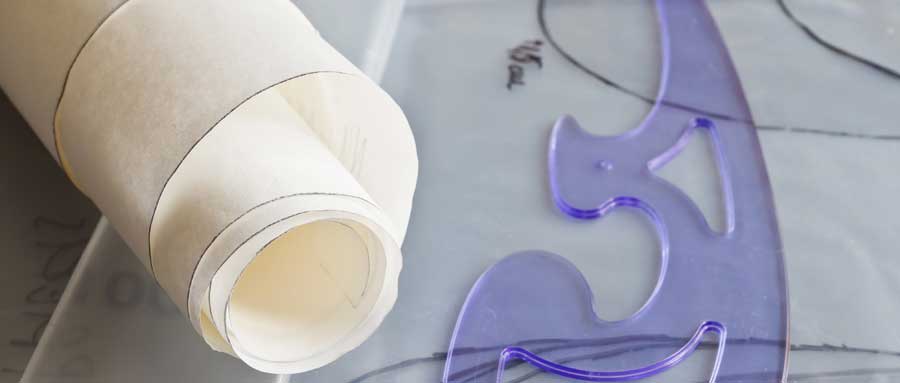
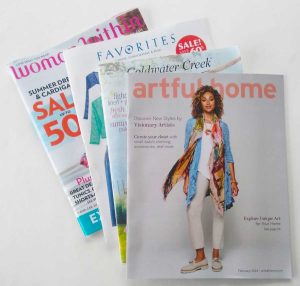
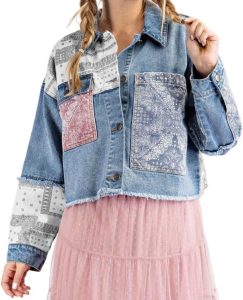
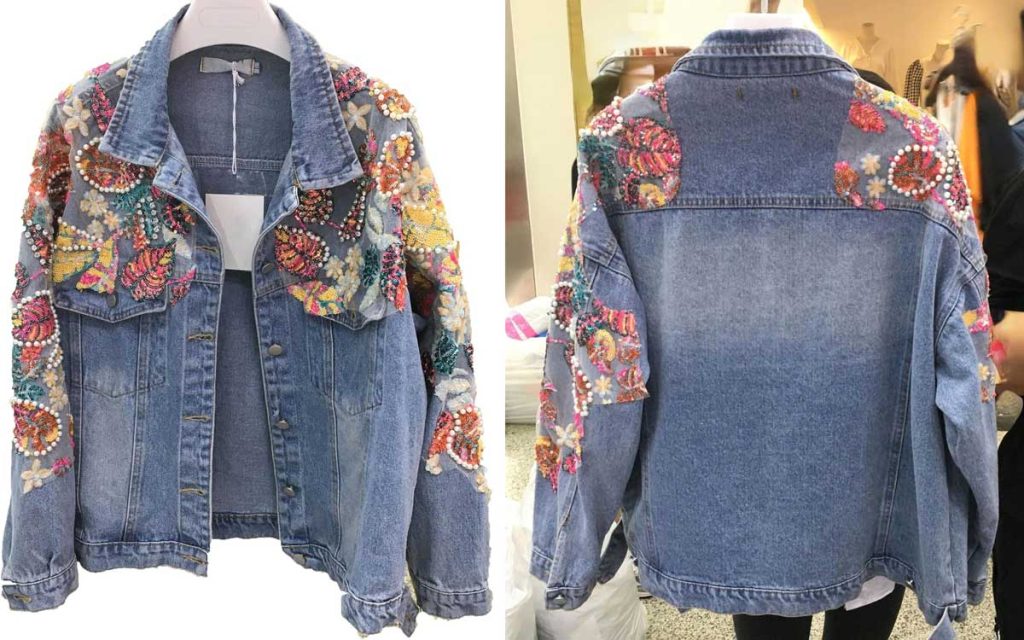
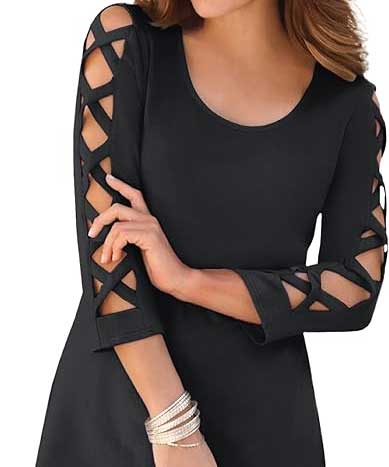
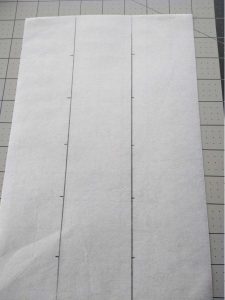
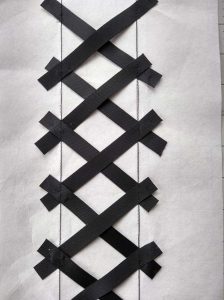
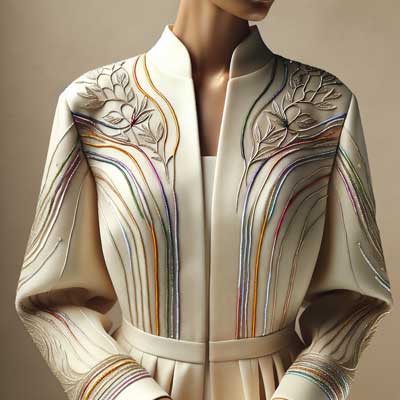
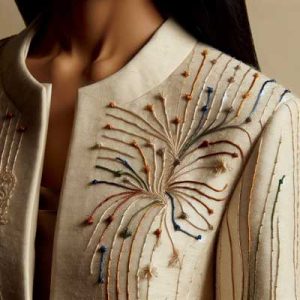
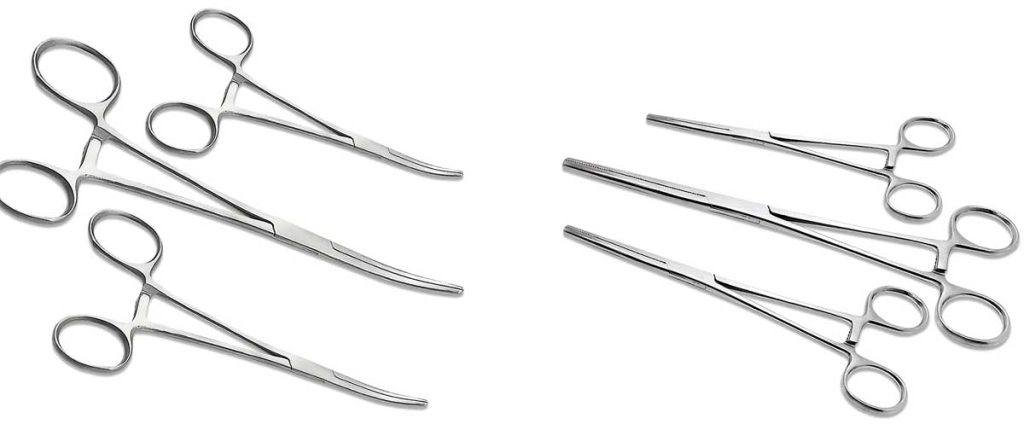

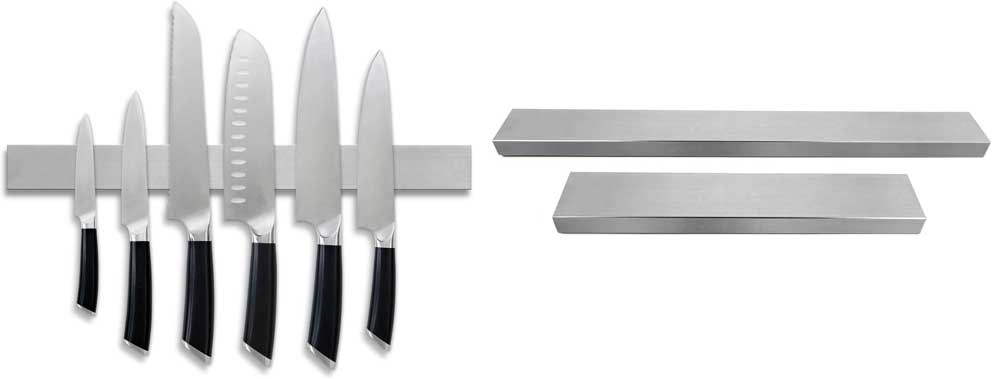
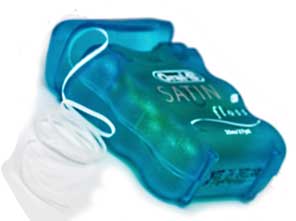 We all know that flossing is good for your dental health, but the floss itself can be helpful in your sewing room as well.
We all know that flossing is good for your dental health, but the floss itself can be helpful in your sewing room as well.

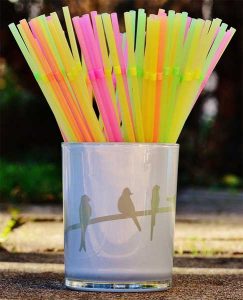 Flex straws that bend allow for even more precise placement in awkward areas.
Flex straws that bend allow for even more precise placement in awkward areas.